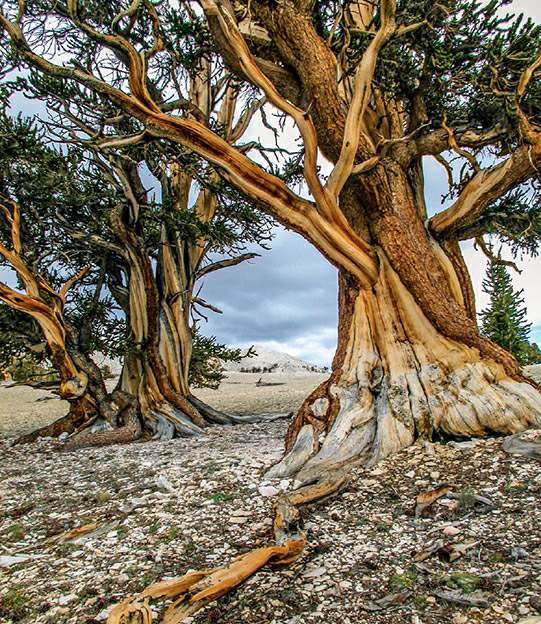Trees have graced the Earth since the Devonian period, about 380 to 400 million years ago, marking a significant evolutionary leap in plant reproduction. Among the earliest tree species were conifers, gymnosperms that produce seeds requiring physical pollen exchange. This was a departure from the spore-based reproduction of earlier plants like ferns. Angiosperms, a subset of gymnosperms, later evolved in the Cretaceous period, encasing their seeds in fruit and giving rise to diverse forest ecosystems.
While average trees live between 100 to 200 years, certain species exhibit remarkable longevity. Notably, the Bristlecone Pine (Pinus longaeva) in California’s White Mountains includes Methuselah, a tree that is approximately 5,000 years old. This species, along with others like giant sequoias, redwoods, junipers, and cypresses, showcases an extraordinary capacity for survival.
Some trees, however, are part of even older living systems. Clonal colonies, where trees share interconnected root systems, represent single organisms that can span millennia. One of the most astounding examples is a colony of aspens in Utah, with roots aged between 80,000 to potentially 1 million years. These ancient tree colonies, comprising species like oaks, spruces, and pines, are not just remarkable for their age but also for their interconnectedness, reflecting the intricate and enduring nature of life on Earth.

